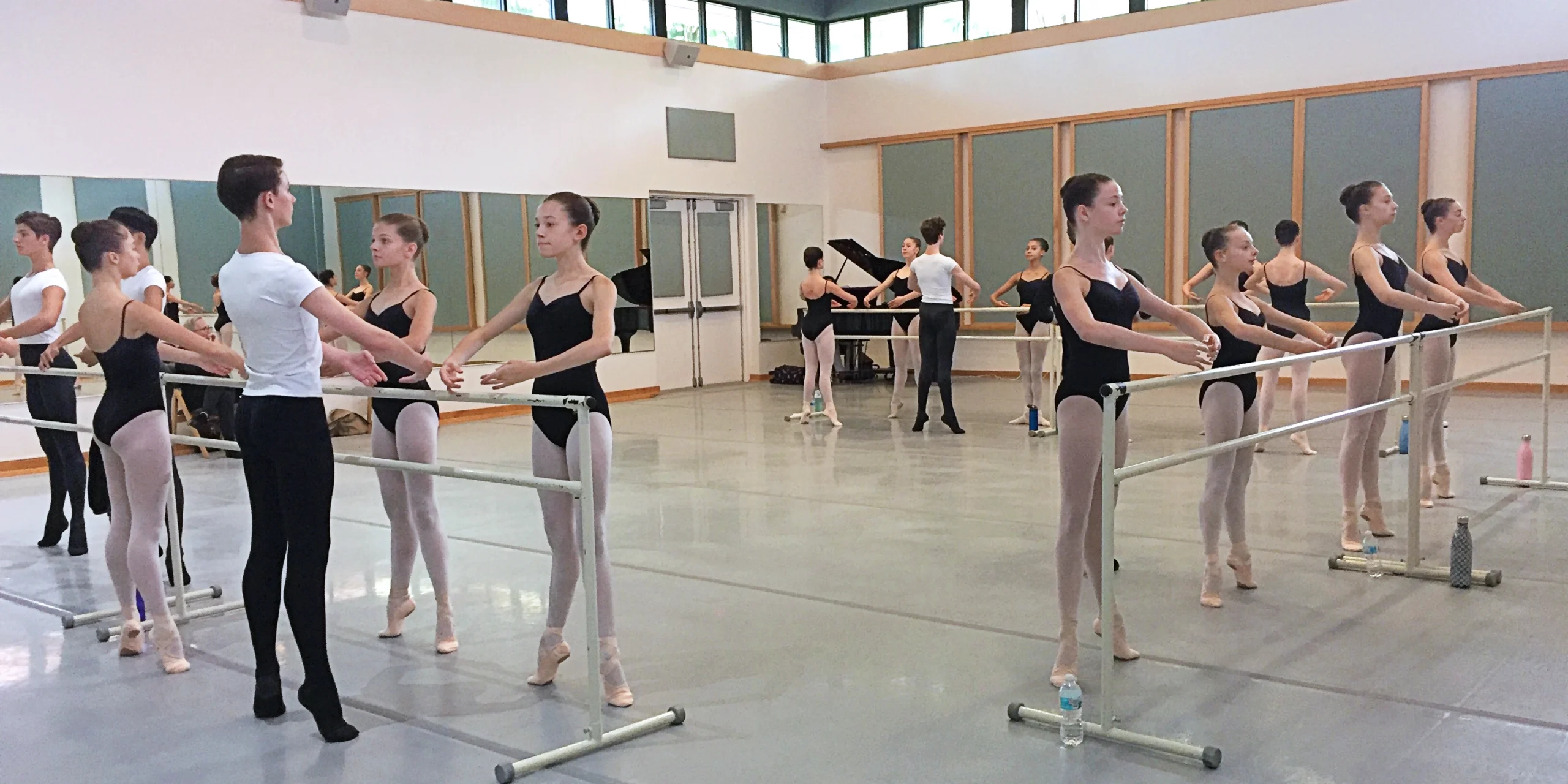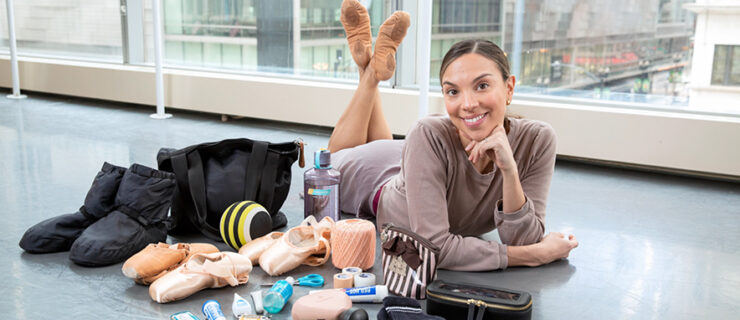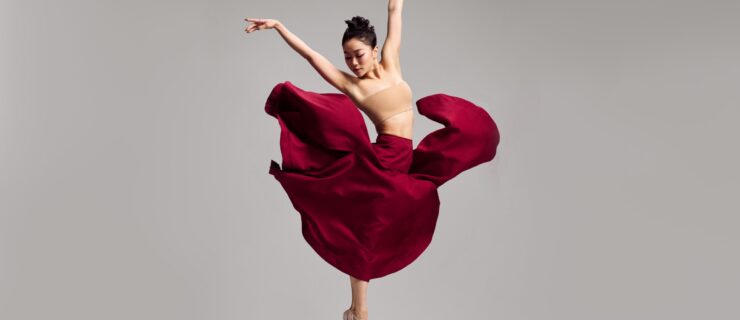Summer Intensive Audition Overload: How to Avoid Analysis Paralysis
At this time of year, your computer screen might be open to a million tabs as you research summer intensives. Nowadays there are more choices than ever: six-week sessions, two-week sessions, intensives with performance elements, training-only intensives, choreography-focused weeks, partnering-focused weeks, abroad programs, and more.
Of course, deciding which program to attend is contingent on a first step: where to audition in the first place. The possibilities multiply when you factor in how many schools allow dancers to audition via video.
With so many options, you may be facing decision paralysis about which schools to apply for. To help, Pointe talked to several dance educators on their best advice on planning your audition season.
Objective-Based Thinking
As you think about where to audition, you’ll want to take an intensive’s location, cost, duration, faculty, and performance opportunities into account. But Gordon Wright, executive vice president and director of The HARID Conservatory, recommends asking yourself a broader question first. “What is your goal for next summer?” he says. “To have an interesting and fun new experience, take a lot of classes, then return home to continue your training? Or is it to seek admission to a pre-professional program away from home where you can pursue more-comprehensive studies?” Let that goal guide you as you research intensives and plan auditions.
Find a method for staying organized, such as compiling all of your research into a spreadsheet. It could include a row for each program and columns for factors such as location, dates, and cost. (See below for an example—which you can also download and print out!)
Eliminate Nonstarters
As you learn more, you can cross out auditions for intensives that don’t meet your objectives. When Emma Bontrager, a student at Southold Dance Theater in Indiana, was planning to audition for her first summer away, she mainly considered program locations. “I thought a lot about distance, and how far I would be from home, and I also contemplated whether I wanted to be away from home for a longer period or shorter.” She ultimately decided to prioritize shorter programs.
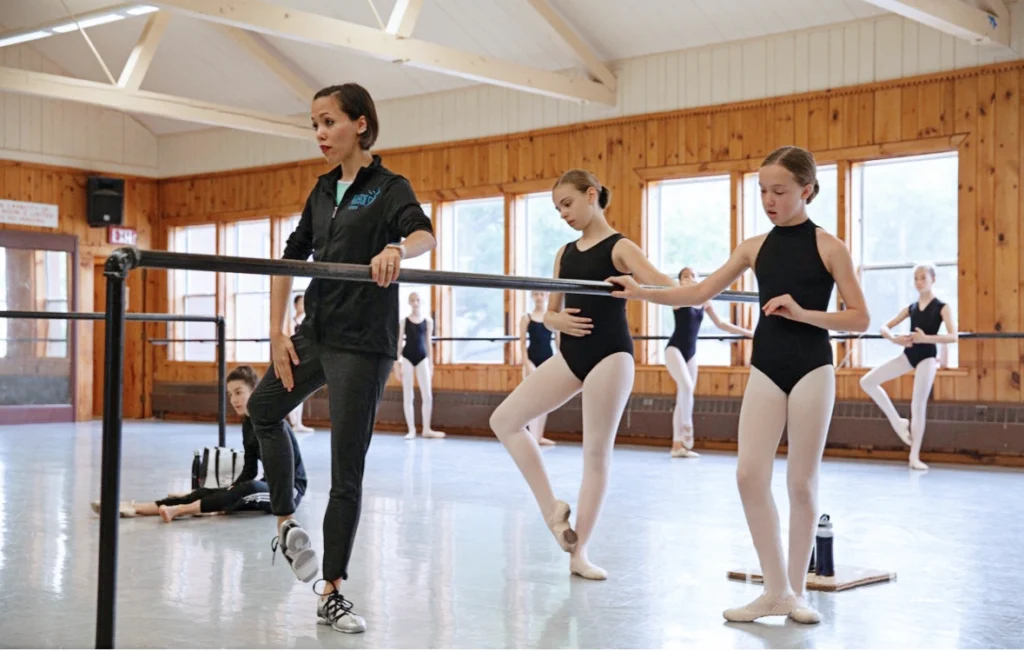
Tamara King, associate director of Boston Ballet School who oversees the school’s Professional Division at Walnut Hill School for the Arts, says that consistency in training is key for younger students: “I advise them to look at programs that align with their training during the year. I wouldn’t send them off to a program that approaches their training from a very different perspective stylistically.” King recommends having an open dialogue with your teachers so that they can help compare your target programs with their assessment of your training needs.
If you want your summer to serve as a potential avenue to attend a year-round pre-professional program or be considered for a traineeship or second company, check what’s required. “What is the expectation, in terms of attendance?” asks Wright. “Some programs may have two-, four-, and six-week summer programs, but if you want to be considered for the school full-time, you’d need to be there for six weeks.” If that’s the case, make sure you can attend for the program’s entirety.
As you sit down with your parents to plan your auditions, other factors such as tuition, housing (or lack thereof), distance, or summer family obligations might disqualify some programs.
Audition in Person Where Possible
In-person auditions are ideal and can be good experiences in themselves. Auditioning is a necessary fact of life for dancers, and live auditions also give dancers the chance to assess a program. “When we approach our audition tour, our teams go out to deliver a master class for the students, so that they get a real taste of what our program is,” says King.
That said, if your chosen schools are hosting auditions on the same day (at a time and/or place where you can’t attend both), or you have other scheduling conflicts, there’s good news. Many administrators agree that sending in a video audition is a perfectly acceptable alternative to attending in person. Since the COVID pandemic particularly, Wright says that HARID continues to encourage video auditions if students cannot make it to one of the audition tour locations. “Even with 16 physical auditions, not everybody can get them, especially in the winter months.” There are also collective auditions, like the National Summer Intensive Audition Tour, which allows dancers to try out for multiple programs at once.
As with college applications, King recommends noting your “reach” and “safety” schools and applying to both to maximize your opportunities. “You want to try to go to live auditions for your top two or three, and then have a safety in there somewhere. Then if you want to supplement with video auditions, that’s another way to build in another level of safety,” she says.
When in Doubt, Prioritize Your Goals
With so much to consider, resist getting distracted by factors outside of your goals. Fiona Cameron-Martin, Bontrager’s teacher and assistant artistic director of Southold Dance Theater, recalls a student who was disappointed because she didn’t get into the same program her friends did. “In that case, I advised her to pick another school. I said, ‘You know, you make friends anyway, so your summer intensive shouldn’t be based on someone else being there with you.’ ”
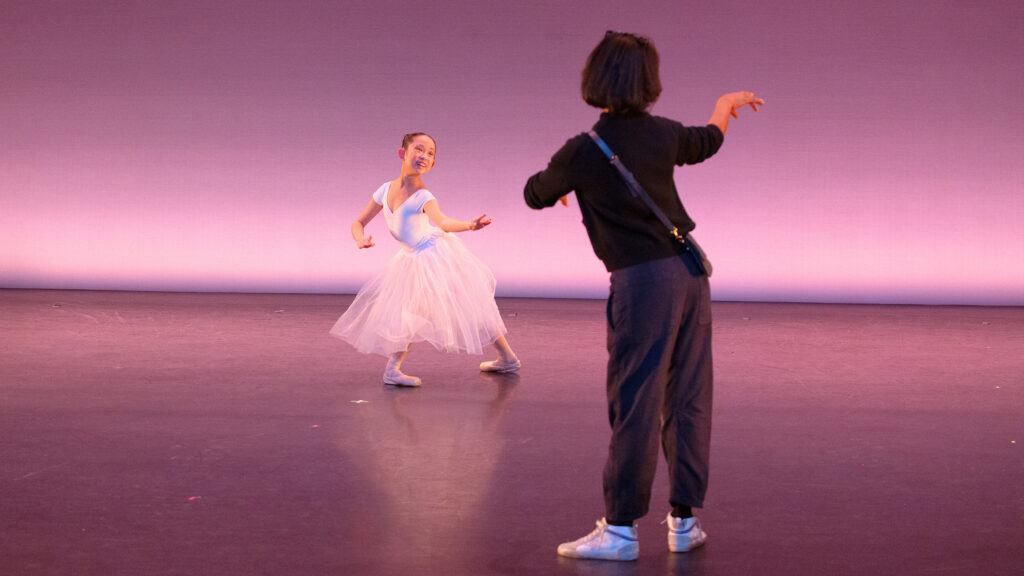
While it’s great to maximize your options, don’t put too much pressure on yourself to audition everywhere, or to attend back-to-back intensives from June through August. Georné Aucoin, founder and artistic director of The International City School of Ballet in Georgia, believes that, particularly for younger dancers, “it’s better to focus on the training and getting better and stronger, rather than going all over the place and trying to do so many summer intensives.” Stick to the objectives you set out for yourself at the beginning of your audition planning.
In the end, Aucoin echoes King and Cameron-Martin in that auditioning is not something you have to plan on your own: “What’s most important is that you have a conversation with your coaches or teachers about the program and how it might benefit you.”
Additional Tools and Resources
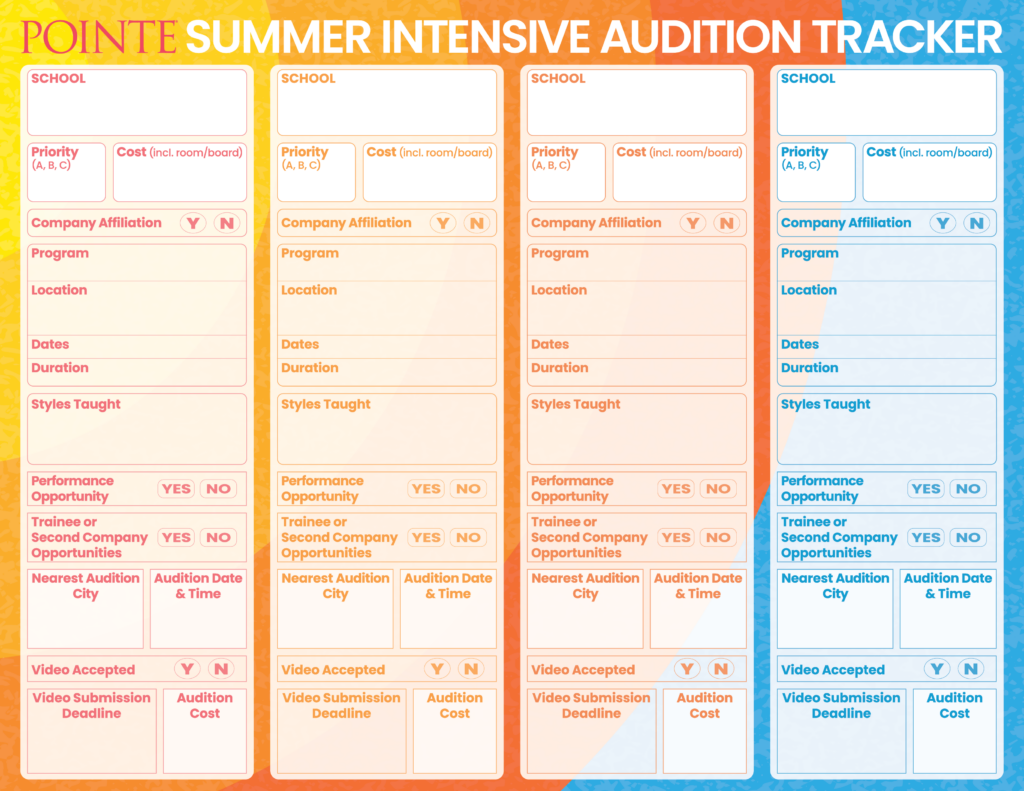
Get organized: Create a spreadsheet template to keep summer program details straight, such as the example pictured. You can bring this to a meeting with your teachers to let them know which programs you’re considering. Seeing all of this information in one place will make it easier for them to make recommendations.
Plan travel: Once you’ve prioritized which programs you’d like to audition for in person and by video, input the audition location, date, and time (or video deadline) into a calendar app and set up alerts to remind you a certain number of days or weeks out. You can also share these calendar events with friends and family for carpooling logistics.
